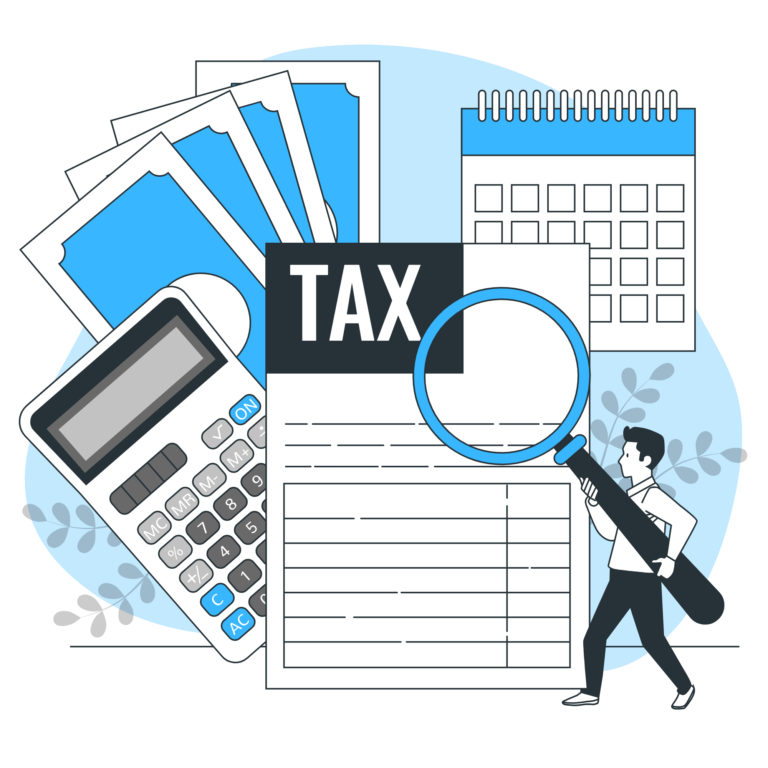How does indirect partial liquidation work?
Income from moveable wealth is subject to tax, this income includes dividends, profit shares, liquidation surpluses and any other cash benefits.
Indirect partial liquidation (IPL) is a theory that has been developed over time by case law based on article 20 para. 1 letter c of the LIFD.
According to this theory, when a buyer finances all or part of the purchase price of a company with the company's reserves, in agreement with the seller, the private capital gain realized in the sale is considered a taxable return on investment.
Instead of distributing non-essential operating items prior to the sale, the seller chose to include them in the sale price in the hope of realizing a non-taxable capital gain in accordance with article 16 paragraph 3 of the LIFD.
Conditions for indirect partial liquidation
Les conditions pour la réalisation d’un liquidation partielle indirect est codifié à l’article 20a alinéa 1 de la LIFD :
- Sale of at least 20% of the seller's private assets
- Transfer of the seller's private assets to the buyer's business assets
- At the time of the sale, the company was in possession of substances not required for its operations
- Substances not required for operations are distributed
- Participation of the seller in the transaction
Sale of an interest of at least 20% belonging to the seller's private assets
The sale of at least 20% of the shares in a company (joint-stock company or cooperative) constitutes an indirect partial liquidation. The same applies if several participants jointly sell their holdings, or if several holdings together representing at least 20% are sold within five years.
Transfer of the seller's private assets to the buyer's business assets
The transfer from private to business assets is very important, as the tax treatment is not the same. While movable assets held in private assets are eligible for capital gains tax under article 16 para. 3 LIFD, business assets are subject to income tax.
Switching from one system to another can therefore lead to a realization of latent profits.
At the time of the sale, the company was in possession of substances not required for its operations
Non-operating assets can be very different from one company to another. Below is a general list of what can be considered as such.
Unused assets: Physical assets such as real estate, equipment, vehicles or inventory that are no longer needed for the company's core business.
Unrelated investments: Financial investments or holdings in other companies that do not contribute directly to the production of the company's goods or services.
Excess assets: Assets that exceed the company's operating requirements and are not used regularly or efficiently in the main business.
Unused intellectual property: Patents, trademarks or other intellectual property rights that are not actively used for the production of goods or services.
Obsolete assets: Assets that have become obsolete due to technological evolution or changes in the industry.
Seller's interest in the transaction
For a long time, this condition has been the subject of controversy. In fact, the cantonal tax authorities considered the seller's participation to be established when he was aware, or should have been aware, of the availability of non-essential resources at the time of the sale, which could be used to finance the acquisition of the shares.
However, it is essential to note that without the direct participation of the seller, the recharacterization of the latter's capital gain as a taxable return on investment could not be envisaged.
It is therefore advisable to find out about the buyer's economic capacity, and to make sure that you do not leave behind elements that are not necessary to the business before selling.
It is not enough to include an indirect non-liquidation clause in the sale agreement; it is the actual state of affairs that must be analyzed.
Conclusion
TaxFlow vous accompagne dans la vente de votre entreprise en analysant chaque étape de celle-ci et en répondant à toutes vos questions avant, pendant et après la vente.
Our specialists will be happy to discuss your project with you.
FAQ - Indirect partial liquidation
An indirect partial liquidation is the reclassification of what could be a tax-exempt capital gain into a taxable return on movable assets.
- Sale of at least 20% of the seller's private assets
- Transfer of the seller's private assets to the buyer's business assets
- At the time of the sale, the company was in possession of substances not required for its operations
- Substances not required for operations are distributed
- Participation of the seller in the transaction
The consequence is a tax reminder on the difference between the nominal value and the actual value of the sale.





